These days we know Rolex as THE most popular watchmaker, the Genevan powerhouse reigning them all in terms of visibility, broad appeal and revenue. Last year alone Rolex produced about 1.2Mio. watches at an average price of 7,750CHF. Hard to imagine that Rolex too had some humble beginnings... But to get you started a (very) brief history of the brand. Rolex was founded in 1905 by Hans Wilsdorf in London - UK not Switzerland. Only in 1920 did the Rolex become a Swiss watch manufacturer. Specialized in combining high precision, cutting edge technology and style in wristwatches the production in the early years was still quite low.
May 23, 2023
Historic Rolex Production Numbers - From 1932 to 1989

Marcus Siems @siemswatches
Collector, Author, Data Analyst
These days we know Rolex as THE most popular watchmaker, the Genevan powerhouse reigning them all in terms of visibility, broad appeal and revenue[1]. Last year alone Rolex produced about 1.2Mio. watches at an average price of 7,750CHF. That's a market share of 29%! Hard to imagine that Rolex too had some humble beginnings...
But to begin let's summarize a (very) brief history of the brand: Rolex was founded in 1905 by Hans Wilsdorf in London - UK not Switzerland. Only in 1920 did Rolex actually become a Swiss watch manufacturer[2]. Specialized in combining high precision movements, cutting edge technology and style in wristwatches the production in the early years was still low and just ramping up.
 Rolex was so obsessed with high accuracy calibers (and marketing...) that they called their first tier calibers "Chronometer" yet their second-best was still framed "Precision". Like Hans Wilsdorf whispering to your ear: "It's not a Chronometer but still ultra-precise". Photo @Goldammer.me.
Rolex was so obsessed with high accuracy calibers (and marketing...) that they called their first tier calibers "Chronometer" yet their second-best was still framed "Precision". Like Hans Wilsdorf whispering to your ear: "It's not a Chronometer but still ultra-precise". Photo @Goldammer.me.
In 1926 Rolex began their internal register of serial numbers and according to this documentation they produced their one millionth watch in 1953[3] and restarted counting from 1. In 1987 the brand reached the 10Mio. milestone (well actually 11Mio.) and started the letter + 6 digit serial range, before in 2010 random serial numbers were introduced. You wonder how many watches does Rolex make a year, let us dive into the different eras of watchmaking.
1) The Period of Expansion (1939-49)
Overall, Rolex produced their 100,000th watch in 1940, yet their 500,000th piece just 6 years later in late 1946. And looking at the production we can clearly see that Rolex has been expanding heavily around their 40th anniversary... you know when Rolex introduced the "Jubilee" watch - the Datejust - in 1945.
 Figure 1. Cumulated production of Rolex watches between 1932 to 1989[3]. The data is plotted on a logarithmic scale on the y-axis.
Figure 1. Cumulated production of Rolex watches between 1932 to 1989[3]. The data is plotted on a logarithmic scale on the y-axis.
Between the late 1930s and late 1940s we do observe yearly production increases topping 40% on average! That's not 40% increase over that 10 year span, that annual growth. Absolutely next-level expansion but what may have triggered this? Of course we can only speculate but let's go down that rabbit hole for a bit...
 The 40th "Jubilee" (anniversary) was celebrated not only by introducing one of the Rolex collections - the Datejust - but also a novel bracelet construction. Photo @Goldammer.me.
The 40th "Jubilee" (anniversary) was celebrated not only by introducing one of the Rolex collections - the Datejust - but also a novel bracelet construction. Photo @Goldammer.me.
In 1931 Rolex introduced a technological marvel that would revolutionize watchmaking - the perpetual movement with the full 360 degree rotor[2]. The important bit here is that Rolex actually held the patent for this technology for 20(!) years. So until 1951 automatic movements were either Rolex full-rotor or bumper-style if coming from any non-Wilsdorf watchmaker.
 "Perpetually Yours..." 1946 Rolex advertorial highlighting the technological marvels from the Genevan brand at the time. Including the "Auto Rotor" movement and the expanding bracelet. Photo Courtesy of HIFI archives.
"Perpetually Yours..." 1946 Rolex advertorial highlighting the technological marvels from the Genevan brand at the time. Including the "Auto Rotor" movement and the expanding bracelet. Photo Courtesy of HIFI archives.
If you believe in a technology you spread it as long as you're the only one capable or allowed to produce it. And that is what I'd argue happened here with Rolex. Along with their Oyster-case the full-rotor was a unique selling point unparalleled by any other watch manufacturer at the time. So Rolex marketed the heck out of their timepieces letting everybody know that they're the force to be reckoned with.
2) The Introduction of the Automatic Tool Watch (1953-89)
During the early 1950s Rolex seem to finally change their strategy... The brand stopped the period of extreme expansion and became a model of consistency in terms of growth: A little over 8% average annual production increase between 1953 and 1989.
 Figure 2. Annual production of Rolex watches between 1932 to 1989[3]. Dashed lines indicate the exponential fit to the data. For missing serial number ranges there is no annual production volume estimate. The data is plotted on a logarithmic scale on the y-axis.
Figure 2. Annual production of Rolex watches between 1932 to 1989[3]. Dashed lines indicate the exponential fit to the data. For missing serial number ranges there is no annual production volume estimate. The data is plotted on a logarithmic scale on the y-axis.
So... What's that again? Beginning in 1953 Rolex virtually introduced the full professional lineup that we know of today: the GMT Master, Explorer, Submariner, Turnograph and Milgauss all came to life between 1953-56. Or in other words: The patent for the full-rotor movement ended and Rolex needed new flagships to set sail from the rest of the industry.
 Mid-1950s Rolex was really at its finest. The focus shifted from putting out as many accurate watches as possible towards the still evident spotlight of steel-sports and professional tool watches. Photo @Goldammer.me.
Mid-1950s Rolex was really at its finest. The focus shifted from putting out as many accurate watches as possible towards the still evident spotlight of steel-sports and professional tool watches. Photo @Goldammer.me.
Interestingly, during those early years the annual production volume even dropped to the levels of the early 1940s. It seems that to make proper tool watches you need a bit more time and resources. And because there rather have been updates than complete overhauls of the catalogue since, production - plus/minus - steadily climbed.
3) Conclusion
Overall, we can draw three very interesting conclusions from these production numbers. First, Rolex seems to have been marketing the heck out of their Oyster & Perpetual combo as long as the patents were still maintained. As this technological advantage was so unique Rolex and Hans Wilsdorf meant to spread their ingenuity throughout the world in vast numbers.
 The original watch Mercedes Gleitze - the first big brand ambassador of Rolex - wore during her crossing of the English Channel in 1927. A feat that too got marketed throughout the years like no other. By the way the watch sold at Christie's London in 2000 for a mere GBP17,000 and change. Photo Courtesy of Christie's.
The original watch Mercedes Gleitze - the first big brand ambassador of Rolex - wore during her crossing of the English Channel in 1927. A feat that too got marketed throughout the years like no other. By the way the watch sold at Christie's London in 2000 for a mere GBP17,000 and change. Photo Courtesy of Christie's.
Second, with the expiration of the patents Rolex reoriented their strategy towards automatic tool watches. So they actually went from one technological frontier to the next. To not toot their horn too much but that seems to be a pattern with vintage Rolex.
And finally, even during the extremely difficult times of the Quartz Crisis Rolex production didn't decline noticeably. We see a bit of a stagnation during the early to mid 1970s but that's not really perceivable compared to the effects it had on the entirety of the Swiss watchmaking industry[4].
 "Rollie's that don't tick-tock"...? Is what Jay-Z claimed but Rolex actually had their own interpretation of the Quartz watch with both Datejust and Day-Date variants launched in the 1970s. You can have a look at one of these ticking Rollies right here.
"Rollie's that don't tick-tock"...? Is what Jay-Z claimed but Rolex actually had their own interpretation of the Quartz watch with both Datejust and Day-Date variants launched in the 1970s. You can have a look at one of these ticking Rollies right here.
A little detour... Does anybody of you know about cosmic inflation theory? It proposes that during the first moments our universe inflated in volume exponentially, far exceeding the speed of light. After it's initial 10-32 seconds of existence the universe settled at a much slower yet rather steady pace. Sounds familiar? Cosmic inflation theory was only introduced in the 1970s in physics but Rolex started their own two-stage expansion already during the 1930s.
If anything we can probably describe Rolex's strategy as longterm oriented. Even right now as Rolex is clearly the best-in-class of Swiss watchmaking[1] they're arguably growing slower than they in principle could. Waiting lists for most models are still extraordinarily long yet we see annual production approximately around the same levels of the late 1980s. And with the pandemic Rolex was faced again with a major global crisis for the watch industry and still managed to grow[1,5-7]. I'd argue that exactly this longterm orientation is what keeps the brand afloat during crisis and ultimately sets it apart from most of the pack*.
* And you don't have to like their modern watches to acknowledge that ...
References
[1] State of the Industry - Swiss Watchmaking in 2023; Watches by SJX;
https://watchesbysjx.com/2023/03/morgan-stanley-watch-industry-report-2023.html
[2] Rolex Historie - 1926-1945; Rolex;
https://www.rolex.com/de/about-rolex-watches/history/1926-1945
[3] The Vintage Rolex Field Guide (2019); Colin A. White;
[4] Chronographe Suisse & the forgotten Brands of the Quartz Crisis; Felix Goldammer, Goldammer Vintage Watches;
https://www.youtube.com/watch?v=gUIFmfZQLn0
[5] 2021 Watch Industry Results; Vittorino Loreto, ItalianWatchSpotter;
https://italianwatchspotter.com/2021-watch-industry-results/?lang=en
[6] Morgan Stanley Report On The Watch Industry's Biggest Problems In 2019 & Beyond; Ariel Adams, aBlogtoWatch;
[7] The 5 Largest Swiss Watch Brands by Market Share; Paul Altieri, Bob's Watches;
https://www.bobswatches.com/rolex-blog/just-because/5-largest-swiss-watch-brands-market-share.html
All Rights on the text and graphics reserved to the Author.




















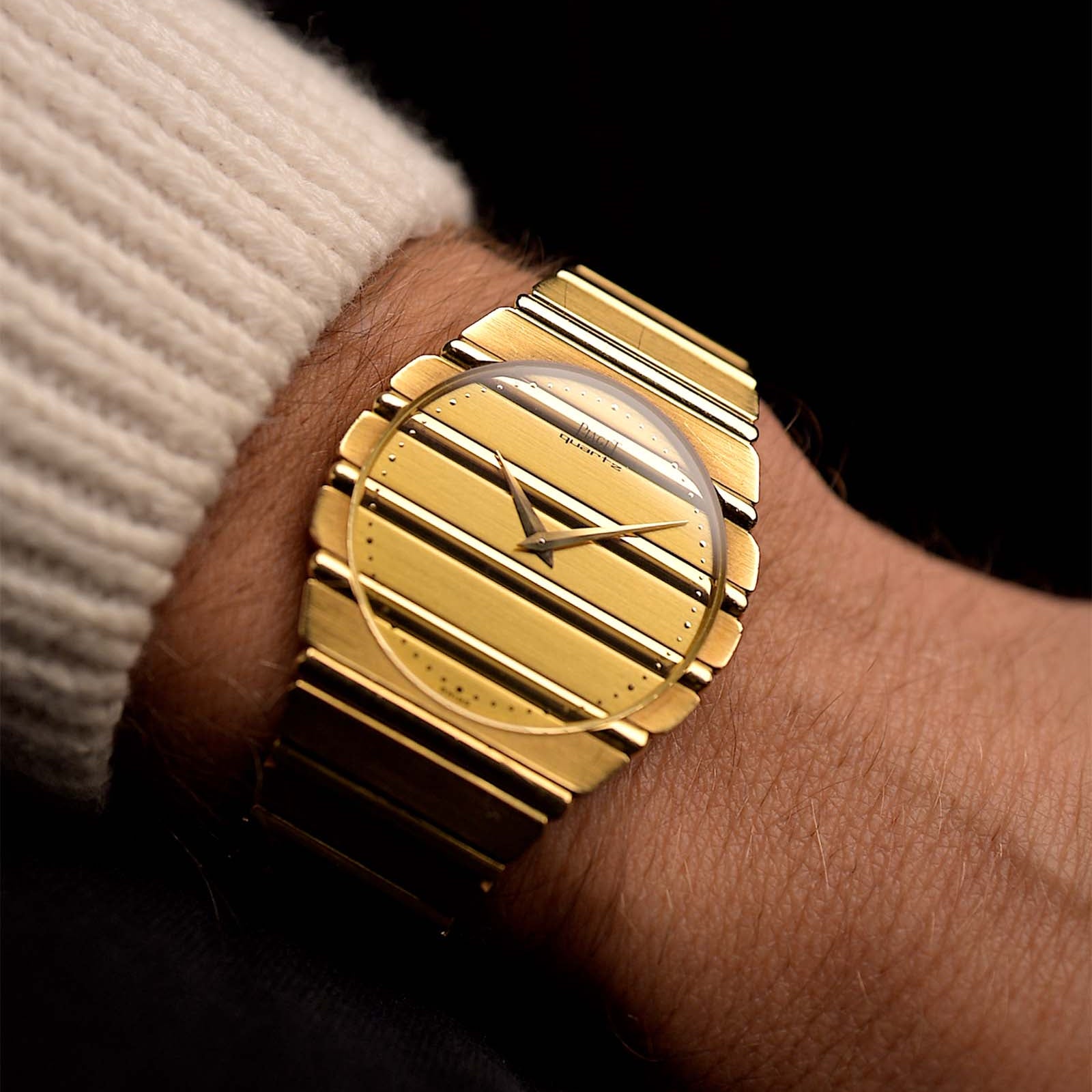

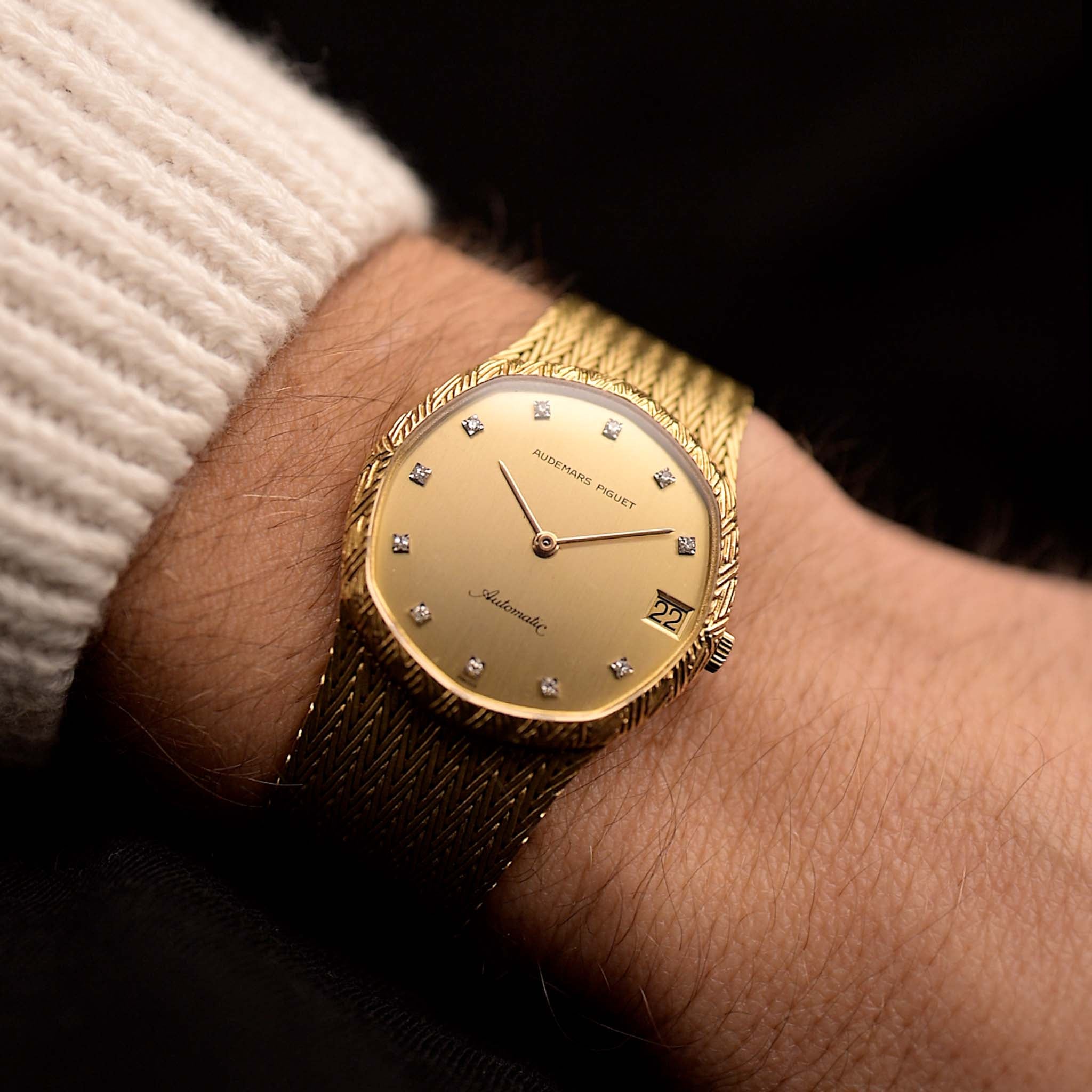

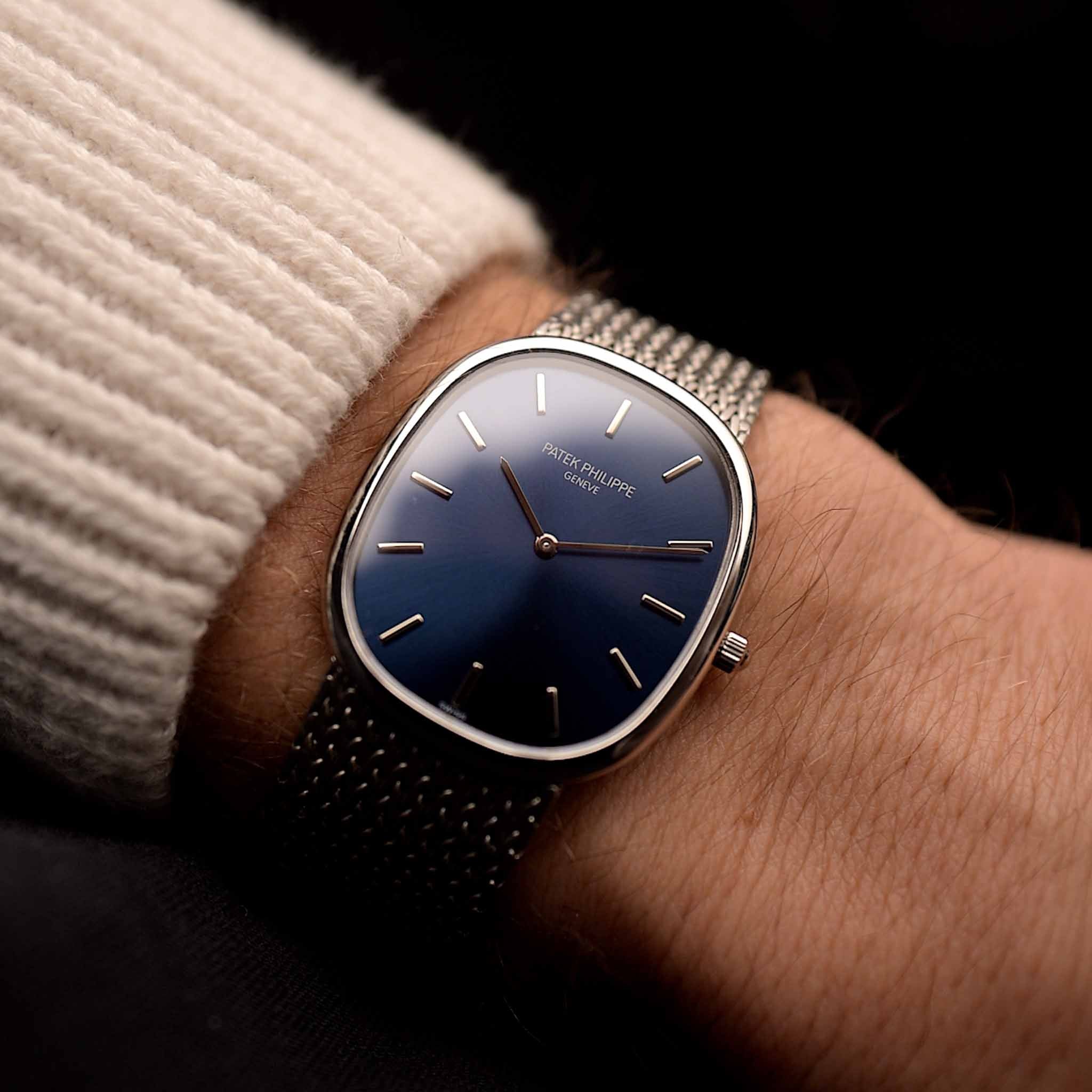
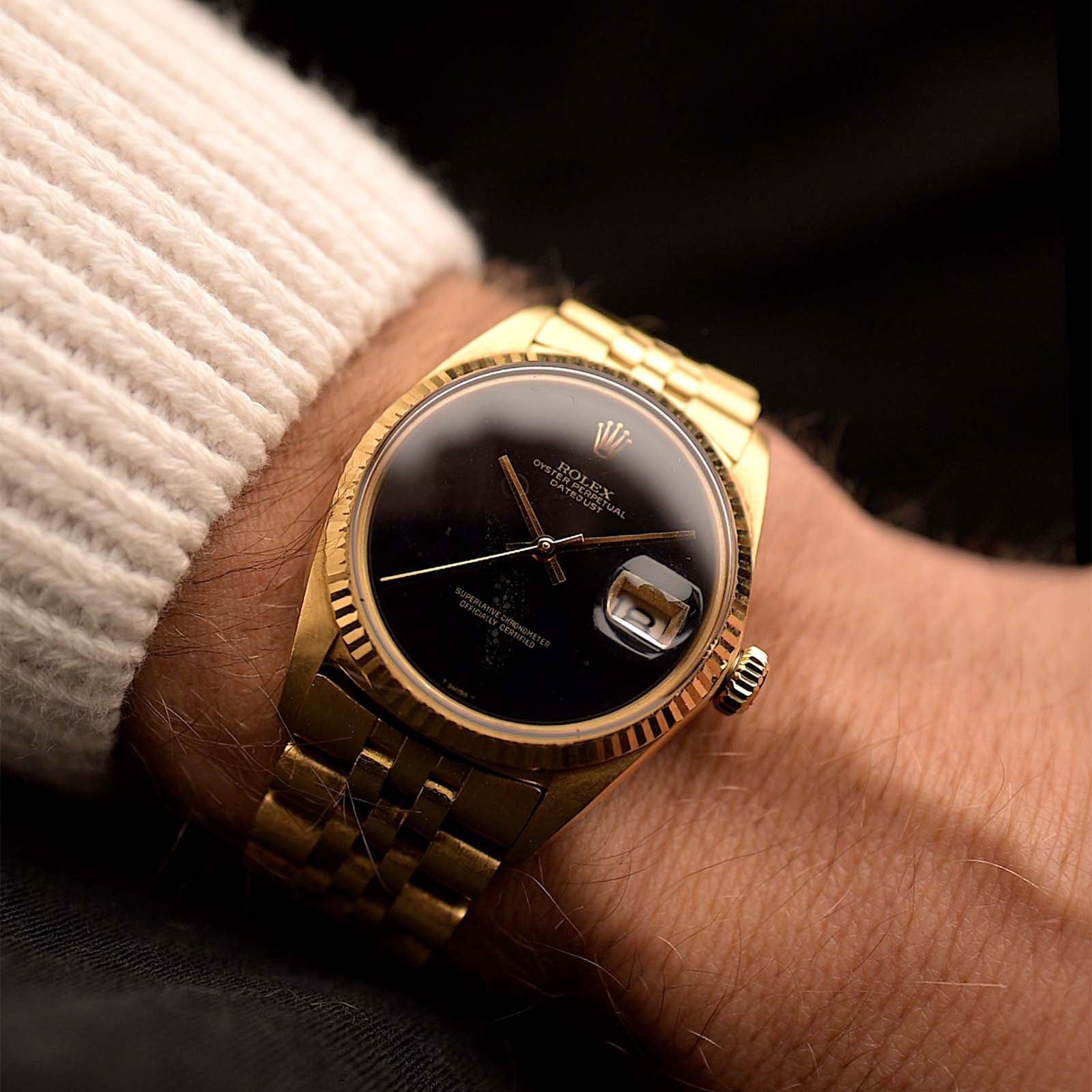
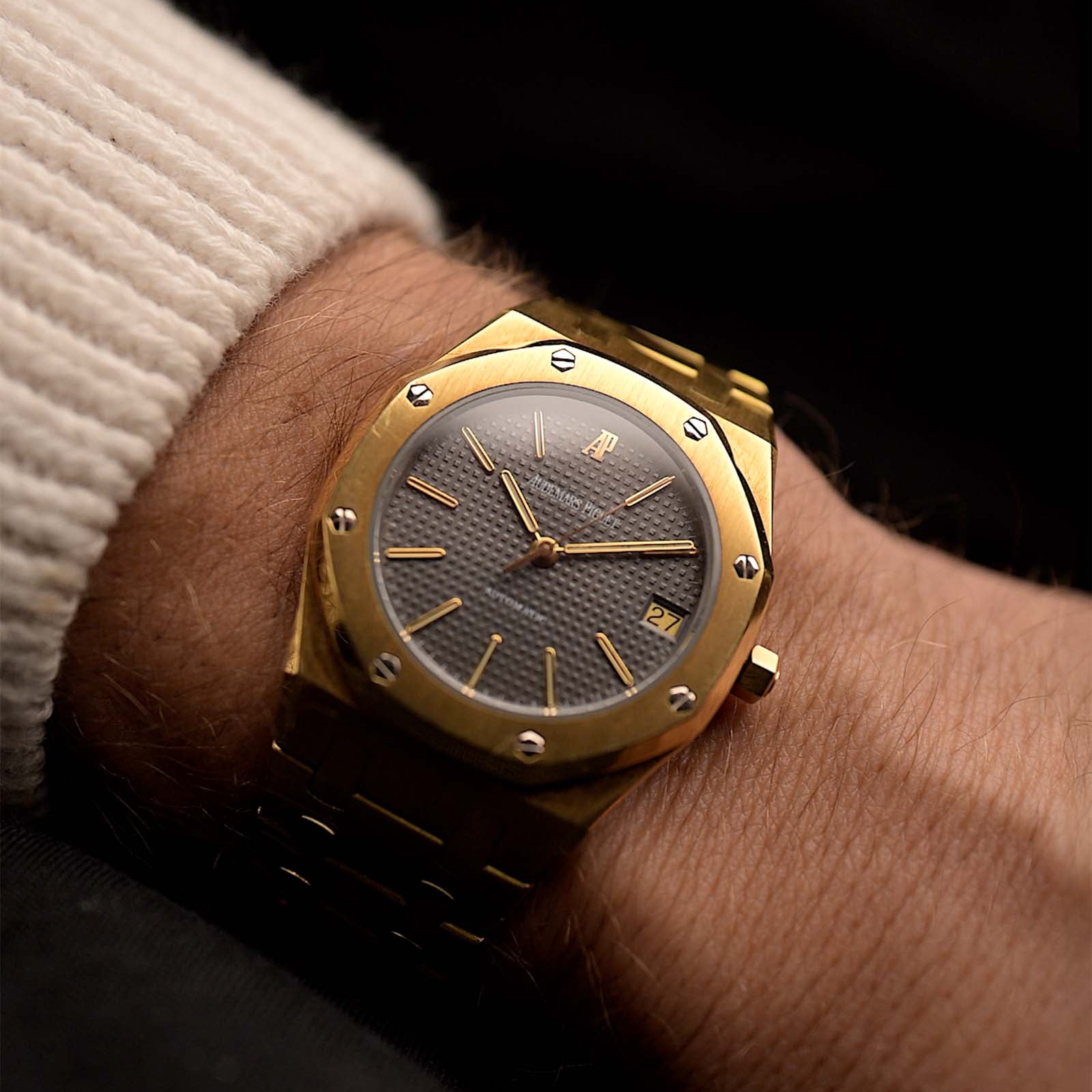
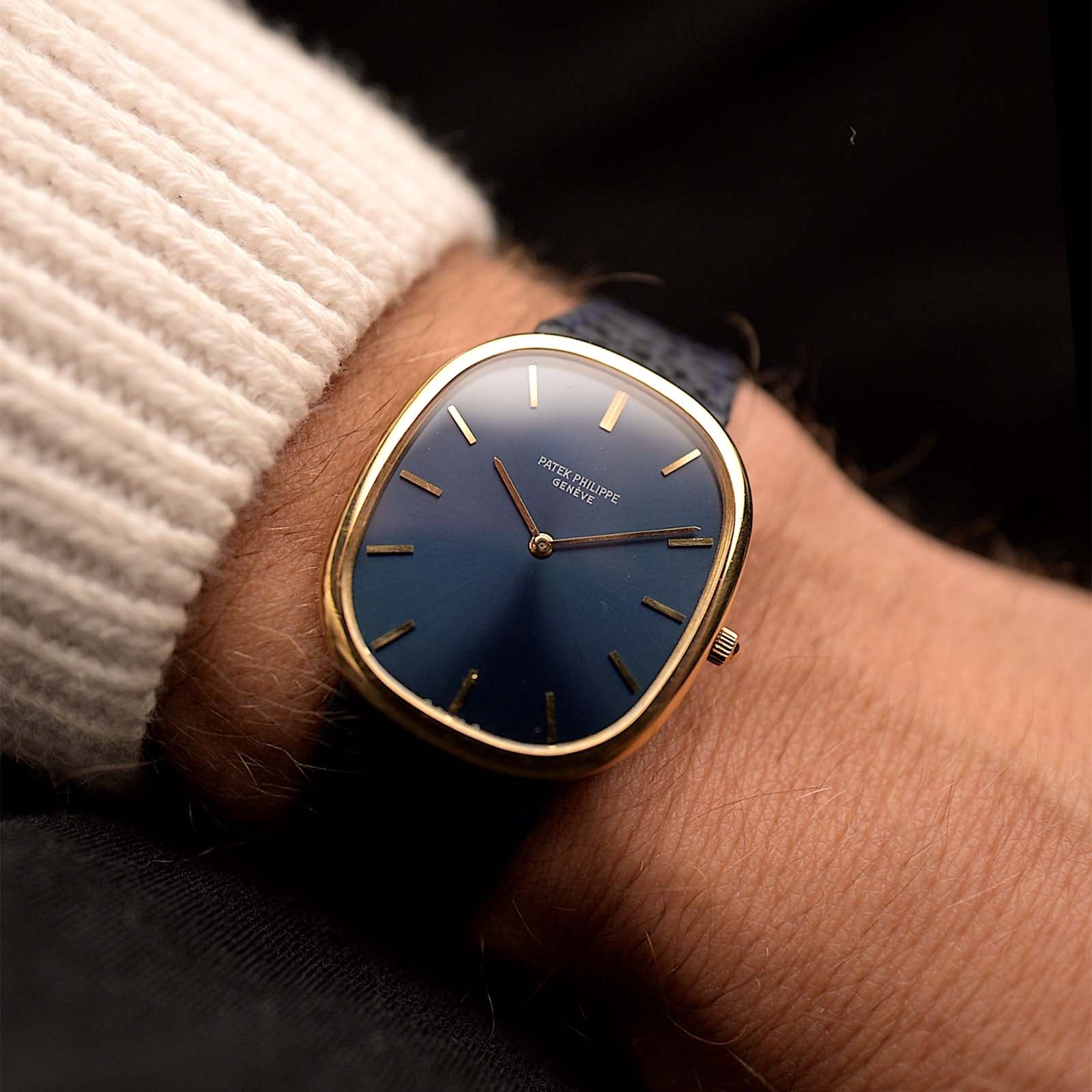
Leave a comment